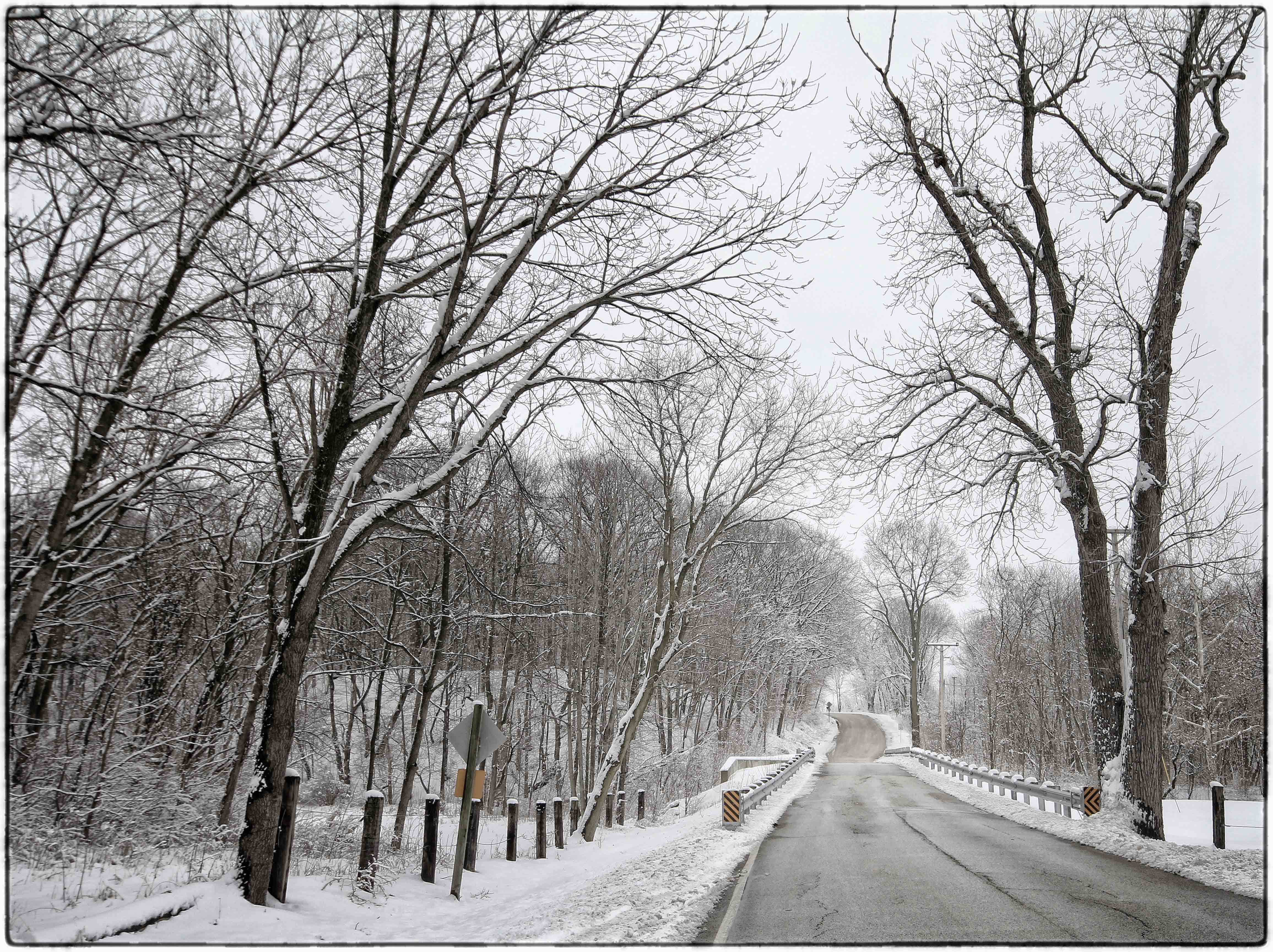Depth
 |
| Picture by Megan Arnold |
Using foreground subject matter to create a sense of depth is a crucial element of any good photograph that aims to establish a sense of depth. First off, this image uses a few different subjects to establish that depth. One is the large tree on the left side, followed by the road and the wooden (mini) pillars, and then the large tree on the right. All of these elements carry on through the image and decrease in size as the distance between where I stood and where they stood. The image is likely to be read with a sense of longing and desolation (just the time of year) but also one of curiosity that is fueled by the great distance that is portrayed. If one focuses on the road itself it also conveys a slight sense of motion.



.jpg)